Amanda Jas
"Kaleidoscopic"
When asked her favorite color, Amanda Jasnowski Pascual (or Jas) states: “All of them.” This is the rosy view one can expect while speaking with the already-seasoned 22 year-old photographer. Born in Pamplona, Spain, raised in suburban Ohio, and now residing in Brooklyn, Jas is inherently optimistic and colorful, fascinated by the American dream. Her career developed through the watchful eyes of her 80K-strong following on Instagram.
Amidst the fanfare of fireworks of Fallas in the background as she called me from the South of Spain, we spoke of her practice, her travels, being Midwestern, and creating work in the digital age.
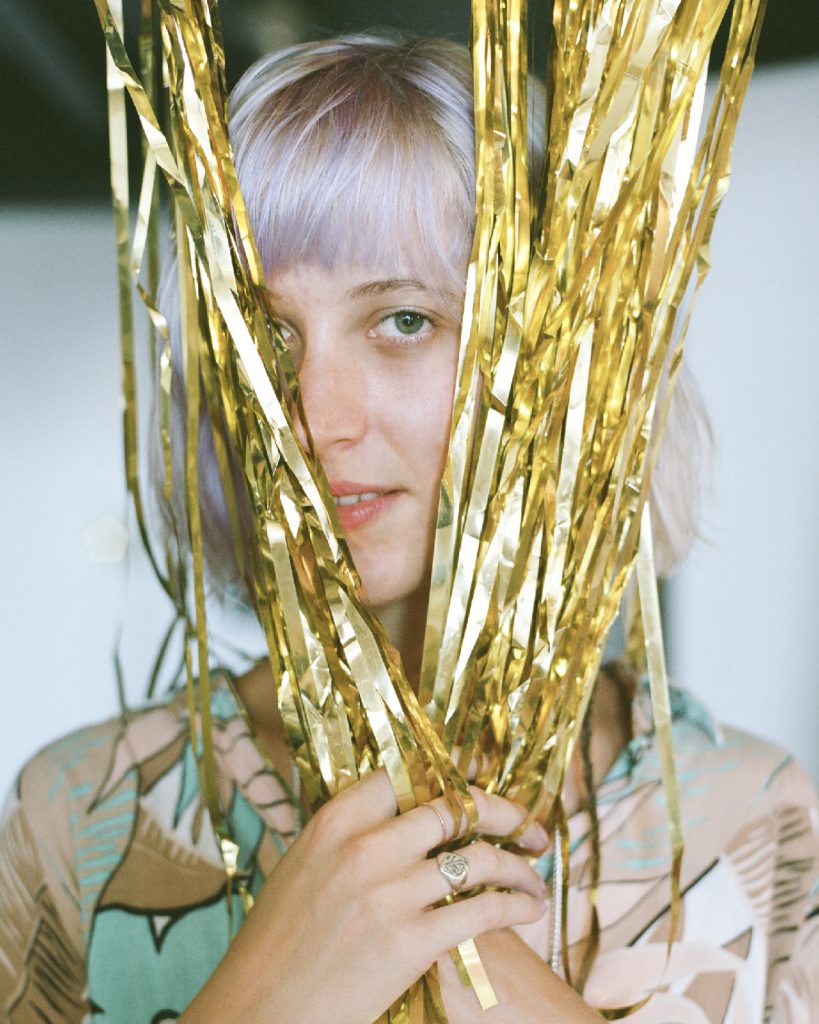
PG: Why did you first come to pursue photography?
AJ: It found its way into my life when I was 15, by way of boredom. I lived in a really small town in Ohio. I started taking photos and started to appreciate living there more and more. It opened my eyes to a new way of seeing.
PG: Tell us about your creative process.
AJ: My work tends to reflect a sense of optimism and appreciation. There's an obvious exploration of color, form, and composition within it.
I have become really interested in sculpture over the last year, and I think both my studio and out-of-studio work reflect this. I approach studio work more so as making something out of nothing, which used to really frighten me, creating an interesting or compelling photograph with the help of people, objects—whereas the personal work that’s not made in the studio comes from a more natural place. That work focuses on the existing world around us, or documenting the personal day-to-day moments, reflecting the beauty in our everyday lives.
PG: Color plays a main role in your studio work. Can you describe your relationship to it?
AJ: My relationship to color is just beginning, and the cool thing is that it’ll be forever evolving. It’s a simple way to have fun. It’s dangerously easy to use colors in a pretty way, but to use them in a compelling and interesting way that makes you go, “Ah!” is a challenge I’m interested in exploring more in-depth. It seems like using color, particularly in a studio setting, has evolved into a trend, so it’s easy to feel weird about making colorful work; but, ultimately I try my best not to focus too hard on current trends and what others might make of my work so long as I feel good about it. As much as I enjoy exploring color, I’m also interested in a lack of it–creating work that focuses on elements outside of color, forcing you to think in a different way.
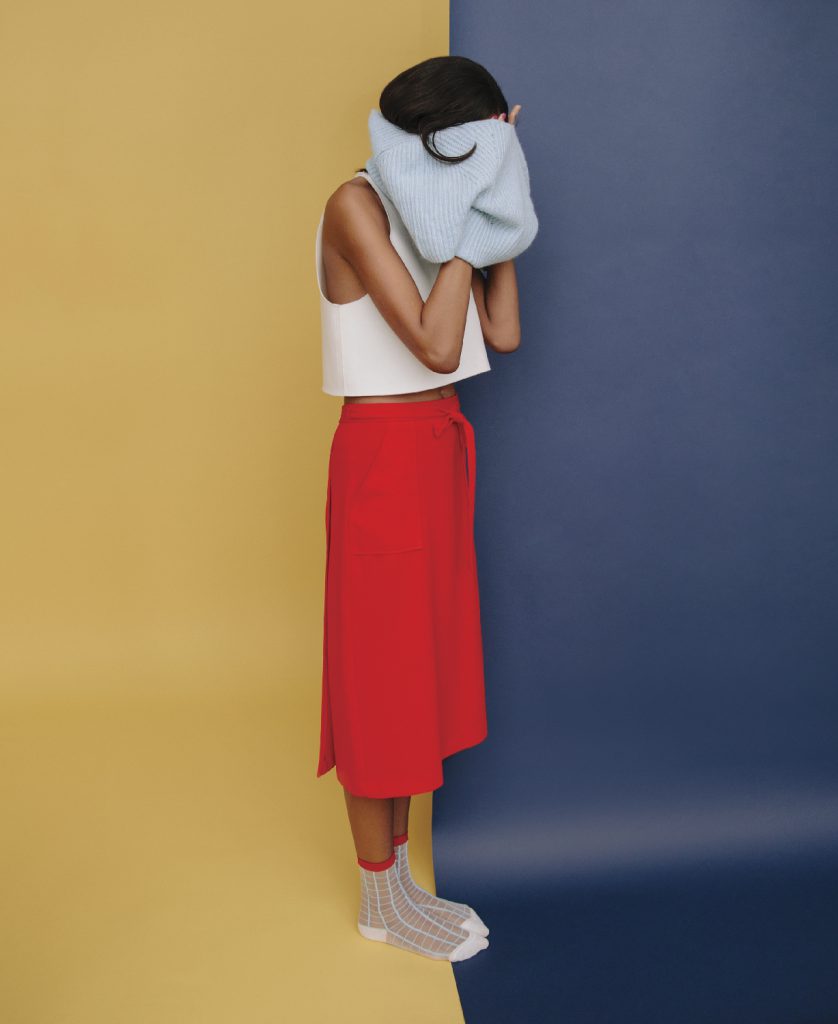
PG: How do you feel travel comes into your personal practice?
AJ: It’s just something that comes out of love, because before I really made studio work, I was documenting the everyday things that already exist. It comes into my personal practice naturally as it is something I am really passionate about.
A lot of my travel work focuses on the daily moments, fueled by the thrill & love of a new adventure every day.
In the Summer of 2011, I traveled around the USA with friends. It was my first time traveling sans parents–let alone around the US. I photographed like I had never seen the light of day. I was so inspired by the personal freedom, the magic found on the open road, exploring the "American dream."
PG: What's your main objective in creating art photography?
AJ: Having fun, using it as a tool to make it/life a little easier to understand, helping myself and others, opening eyes and hearts. A lot of my work focuses on re-creating a feeling that can be shared with and experienced by the viewer. I want to make next level imagery, but I also want to make the viewer feel intimate feelings. If I can do both of those in one image that’s great, but I feel like they are two separate types of works for me.
I’m super interested in if my work can make people feel good and warm things. It’s not always about making people feel good, but I guess making people feel–and those kinds of emotions really inspire me. I’m one of those people in New York who really likes to smile at people, and if someone smiles back at me, I’m just like beaming the whole day. I’m just like, “Ah!” just like that one single person. So I really like kind of an optimistic sort of sense in my work.
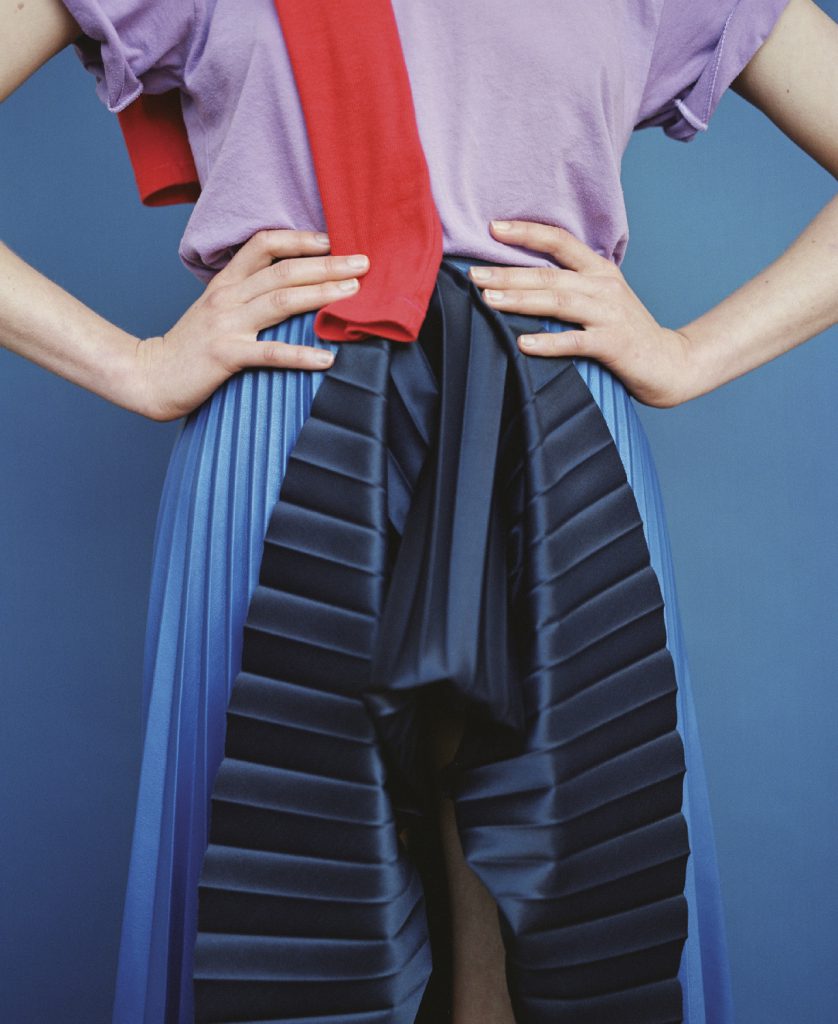
PG: That’s great. To use a cliché, it’s very Midwestern to just say hi to people and smile in the street.
AJ: And you can always sense them be like, “I think you’re a Midwesterner.” It’s funny, because even in New York, even though there’s this stigma that people are cold, they’re not as mean as I was told when I moved there. I remind myself that in New York, everybody is just kind of trying to have a nice day.
PG: What are some of the challenges you feel young photographers are coming up against these days?
AJ: I think an obvious one is living in a world overly-saturated with photography and photographers. The Internet and accessibility of it all is both a blessing and a curse–although I have a hard time imagining how different my career would be without it. It’s really easy to make nice photos, but to make work that speaks volumes and moves people is difficult. There’s a different approach to marketing yourself as a photographer now, as well as practicing publicly. On one hand it’s really neat to be able to see artists progress via their social channels or however they choose to share their current projects, but there’s also a pressure to always be sharing, because if you don’t, clients might forget you exist. You’re supposed to engage, do this and that, and you wind up building this online persona that you can easily feel self conscious about. It’s challenging to find a personal balance between it all in general, and at times the Internet can delay this.
PG: Do you mainly shoot digital, or try to bring in some analog in your work as well?
AJ: Most of my work is shot digitally, unless I have the opportunity to shoot film. Studio is shot digitally, just for the flexibility of it. But anything that’s outside of the studio, my personal work, I like to shoot on film. A lot of the travel stuff that I have is shot on film. I’ve been kind of stepping further from digital, wanting to shoot more film. Just because it slows the process down. And I think, visually, it’s not possible to replicate, and it’s such a craft. The world’s oversaturated with digital work, which in 2015 is no surprise. It’s kind of the way that that works. Even though I prefer analog, I’ve come to terms with shooting digital, and it takes more effort to be against it than to just go for it.
PG: Yes, you can take this quote and put it on to like so many subjects. You’ve a fair share of followers on social media. How do you feel using these platforms influences your practice & work?
AJ: In the last year or so, I’ve taken a step back from utilizing social media as heavily as before. Of course it’s still an amazing tool and network of people all over the world. I’m not entirely sure yet how it influences my work, but it allows me the option to practice publicly. It’s incredible to have a community of people all over the world to turn to for company, feedback, and guidance.
I think the social media thing, especially Instagram... my career definitely would not be where it is without it. It has allowed me to connect and show my work to people, put it in front of their faces. That still kind of blows my mind. When I first started Instagram, I was living in Ohio, and it was such a cool thing. I had never experienced anything like it in terms of community. And even when I moved to New York, to have this online community of people that were just so supportive really helped.
It’s so easy to get sucked into the social networking world, paying attention to things that don’t actually matter. I’ve seen various people, including myself, just kind of go in waves with that and deal with it in different ways. And I think that lots of people get really engaged in it, ending up experiencing some sort of existential crisis, or they just realize how much it’s consuming them, then having to take a step back. I’ve definitely been through some of that, because it’s so easy to feel like you’re sharing too much. You can’t really take anything back. Common Internet problems.
PG: Common Internet problems. I like that. We’ve passed first-world problems, now it’s common Internet. A few years back, these Tumblr communities were meeting, now Instagram. Do you have that kind of relationship that’s built itself physically, even though it’s been a digital relationship?
AJ: It’s interesting, because what I’m experiencing now with Instagram has been experienced before through Tumblr and Flickr. There’s been a community of people that I met through it, a small community of photo buddies, where maybe we’re making work that’s totally different, but we still have this common thread, spending time together and collaborating. That’s kind of my version of it. There’s also a mobile agency that I’m a part of called Tinker Street. They have a mobile roster that focuses on social media influencers. Brands approach them to do social media work, etc. We get together, and even though I may not see eye-to-eye on so many things with everybody in the group, I still appreciate them so much for having such a physical community. I think it’s important to make lots of the virtual things physical things. Otherwise it just all feels intangible.
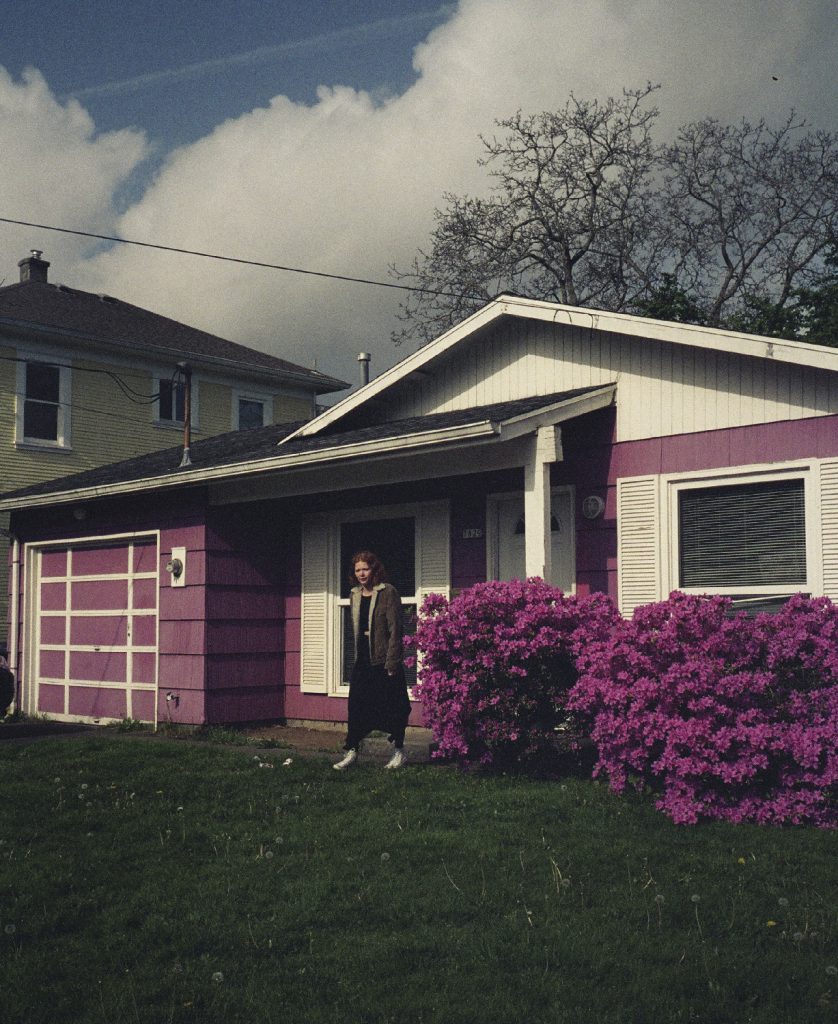
PG: Fair enough. Is there any new work coming up we should look out for?
AJ: There are a few things in the works. I’m in the beginning stages of a book with a publisher, called “Cool.” It is a group of Internet friends who all make really amazing art, and we’re based everywhere. I’m working on my first monograph with Courtney Cassidy, who is part of the community. I’ve been more interested in publishing books. I’ve been hoarding a lot of analog work for the past year and a half or so, because I’ve been struggling with this idea that it feels too precious to just blast off into the Internet. There is this body of work I’ve been really excited to share that’s been just growing… I think that a lot of it is going to be that, just the work that always felt too precious to release digitally. It will be just like diary sort of work, all personal work, outlining the last year and a half. Then, I’m not sure what I’ll do with the work that I’m making now in Europe, but we’ll see.
PG: To have a first artist monograph out when you’re still so fresh on the scene is a really compelling thing.
AJ: Yeah, oftentimes it feels like, not like a mistake, but what if when I’m 28 and I look back and I’m like, “I shouldn’t have released that book when I was 22, I didn’t know what I was doing back then.” But if you think that way, it’s too easy to get caught up in it.
PG: I think it’s one of these things where some people do wait before putting one out. But going for it & having it sitting side-by-side with artists that are part of this broader community is amazing. You can have somebody discover your work in a new way just by perusing printed matter, wherever they are. You know, there’s a lot of your work that I could sit next to Jennilee Marigomen’s for example, thinking “Oh, like these two must communicate to each other, or must be part of this common thought.” And when it’s a book, somehow, you see it in a way that’s very different than when it’s digital.
AJ: Yes, I think there’s a ton of importance to that, especially in the digital age. All the upcoming generations, even my own generation, if they lose the importance of looking at something tangible in their hands, if that ever ceases to exist, then people are doomed. That’s a pretty melodramatic statement, but… I think it’s very important even just to go back on the traditional ways of looking at things, especially in this day and age.
I was thinking, when we were talking just now about being afraid of releasing things into the world, especially just at this age. I think for many creatives now, it’s a much more plausible thought to be able to support yourself as a creative, but it’s really easy to compare yourself to other people, thinking, “Okay, well I shouldn’t share as much, and I’ve got to really keep it strict and tied up so if people think I’m so vulnerable or if they see work that maybe isn’t so mature as I would like it to be, or…” I’ve heard people discuss that they are really glad that they didn’t have the Internet when they were in their early 20s. Sometimes it makes you question being active on the internet at this age. But, I think ultimately you lose more by trying to go against instinct.
I read something that said you have a hard time disliking someone if you know their story. Being open with people, sharing yourself in that way, whether it’s through images or another medium, it makes it easy for people to understand one another.
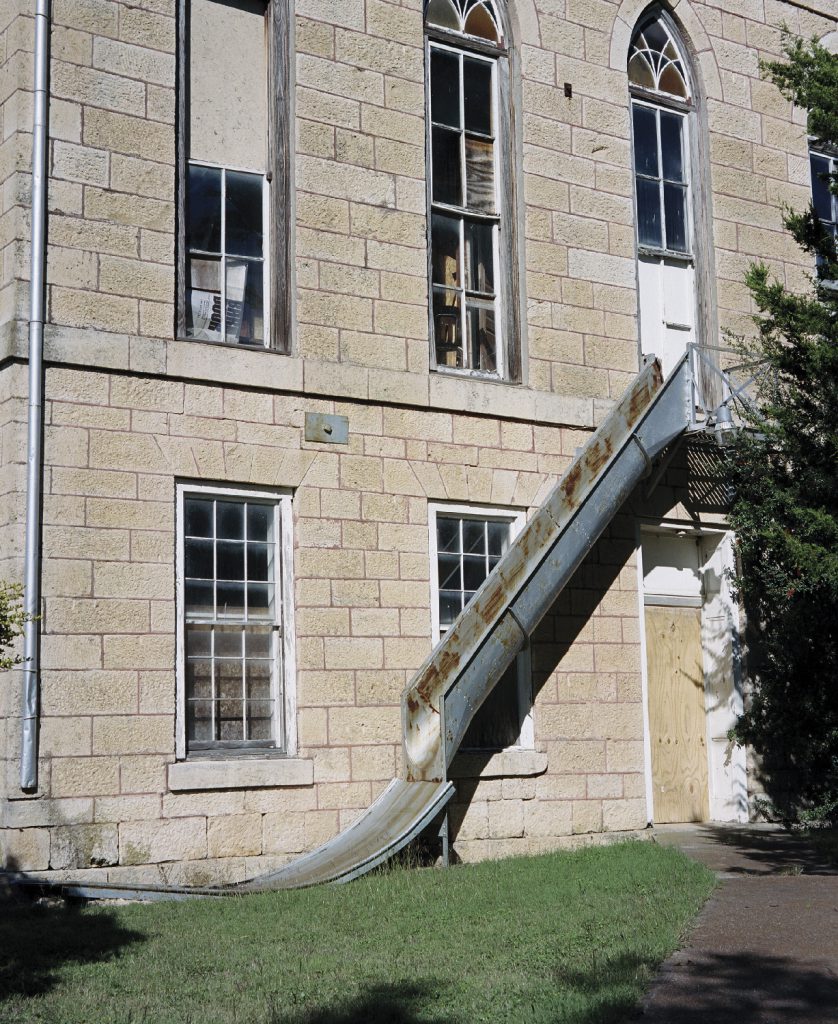
PG: That was very well put, & true. You mentioned some of your analog work felt to precious to share online at first. Can you elaborate?
AJ: This stems from the feeling of over-saturation of work on the Internet. I think there is an aesthetic that the general internet community really responds heavily to, these visual trends that are bound to get attention, and the things that maybe are a bit more abstract and sentimental don’t get the same level of feedback—which can result in strange feelings. There is work that you make that deserves to be experienced in a more tangible way, because online it can easily be scrolled by and disregarded. But if you present that work in tangible form, the way people experience that body of work is so much more personal and intimate. They can hold it in their hands, hold it up close to their eyes, hold it at an angle, rest it on a window sill.